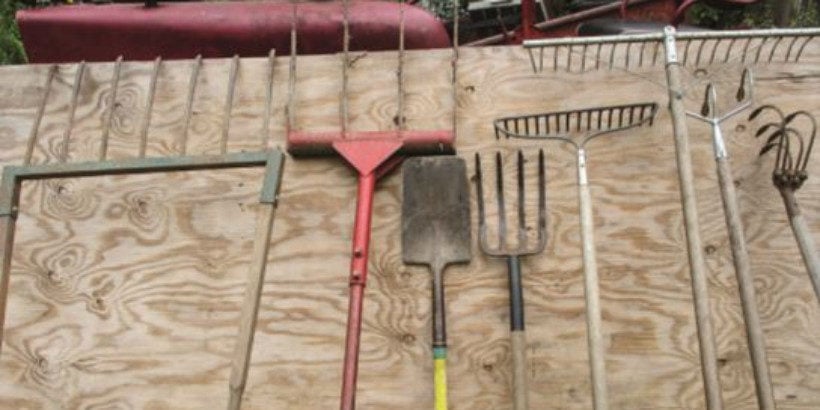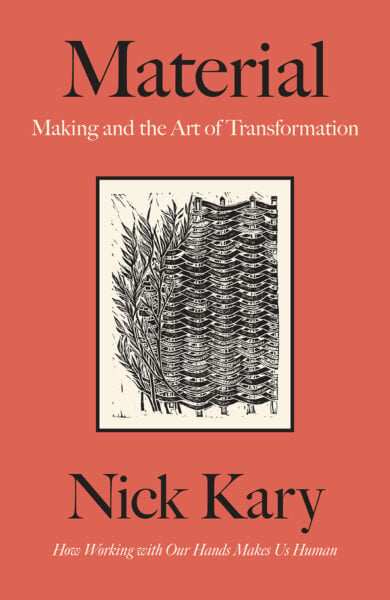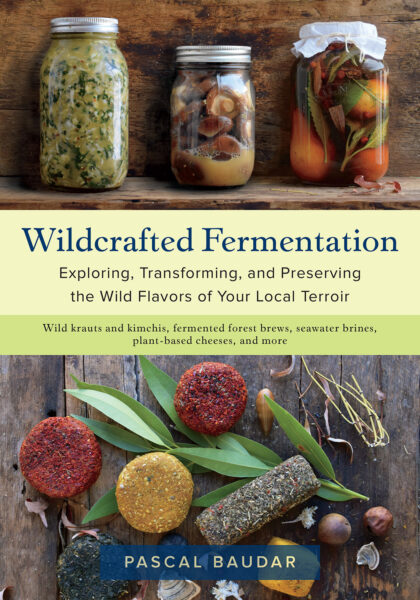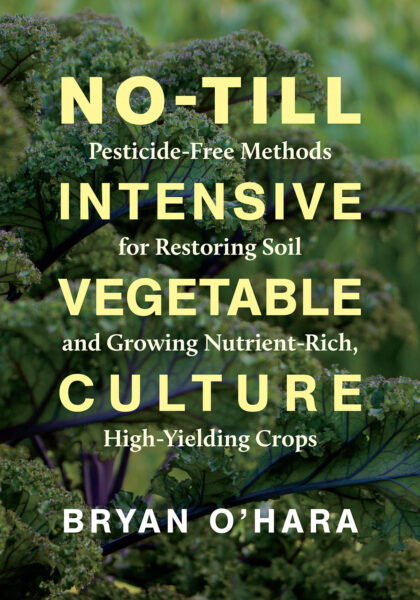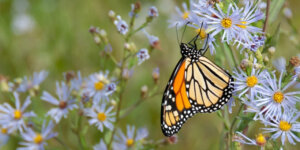Year in Review: The Best From 2020
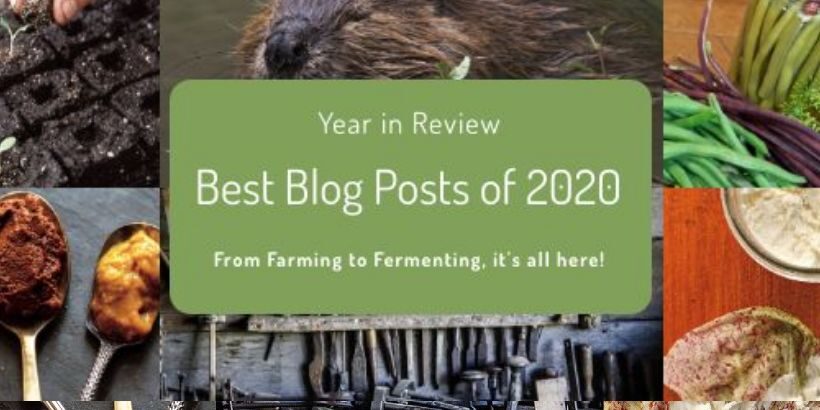
As we look back on the year, we’ve started to take stock of what our community has found most useful. If there’s one thing (or two) we know about our readers, it’s that you love growing food and getting your hands dirty.
Take a spin back through our top posts from 2020. Did your favorite make the list?
Here’s to 2021! May it be full of good food and thriving gardens.
For such a materialistic world, we spend very little time considering the story objects hold. To most of us, a tool is just that, a tool– an object to help us complete a task. Master-craftsperson Nick Kary, sees so much more in his tools though. He sees the heritage of his craft, his own history, and the potential of the future.
When it comes to soil, less equals more. “Why?” you may ask? Traditional tilling is exceptionally damaging to the soil in the long run. Occasional tillage may be necessary, such as before you start growing vegetables, or when you need to add supplements to depleted areas. In these cases, use a hand tool or a simpler tractor-till to save your soil.
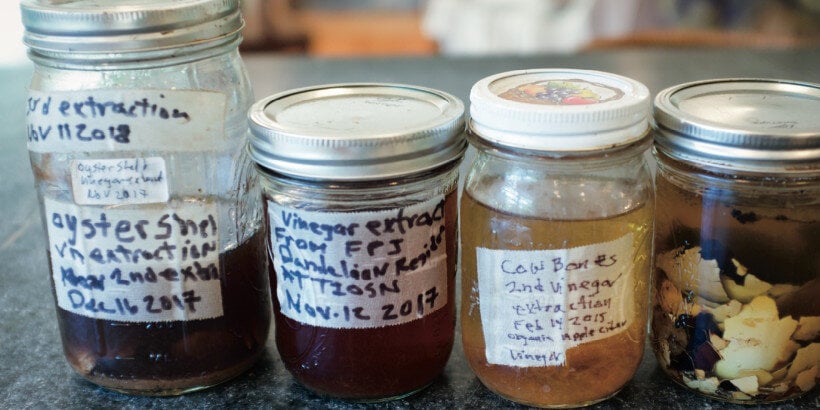 How to Use Vinegar Extracts to Enrich Your Soil
How to Use Vinegar Extracts to Enrich Your Soil
Mastering the use of soil amendments is a must if you want to get the most out of your garden. A soil amendment enhances the soil and increases the nutrients available to your plants. If you use compost in your garden, then you’re already using a soil amendment!
Go beyond composting and use vinegar to extract minerals from kitchen leftovers like eggshells or bones. Use the resulting liquid as a follicular spray or drench to give your crops a hearty boost!
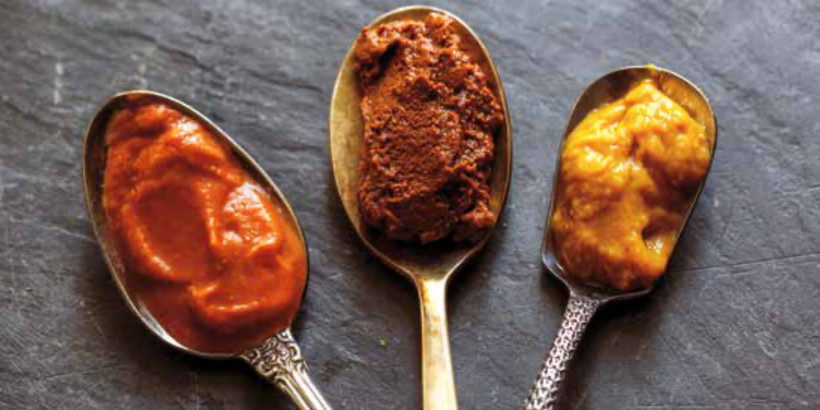 Growing Koji in Your Own Kitchen
Growing Koji in Your Own Kitchen
Koji, the microbe behind the delicious, umami flavors of soy sauce, miso, fermented bean sauce, and so many of the ingredients that underpin Japanese cuisine. After you’ve mastered growing your koji, a whole new world of culinary opportunities will be at your fingertips! To start, all you need is a baking tray, rice, koji spores, and a little bit of heat. Enjoy this delicious mold!
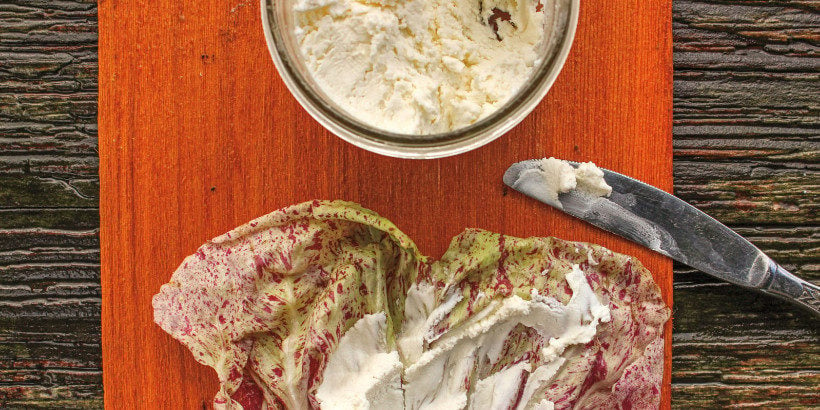 How to Make Your Own Chèvre Using Natural Ingredients
How to Make Your Own Chèvre Using Natural Ingredients
Making cheese at home may seem like a time and labor-intensive process, but what if you had a recipe for a delicious, high-quality cheese that practically made itself? According to David Asher, you can. The following recipe for all-natural chèvre will change the way you look at homemade cheese!
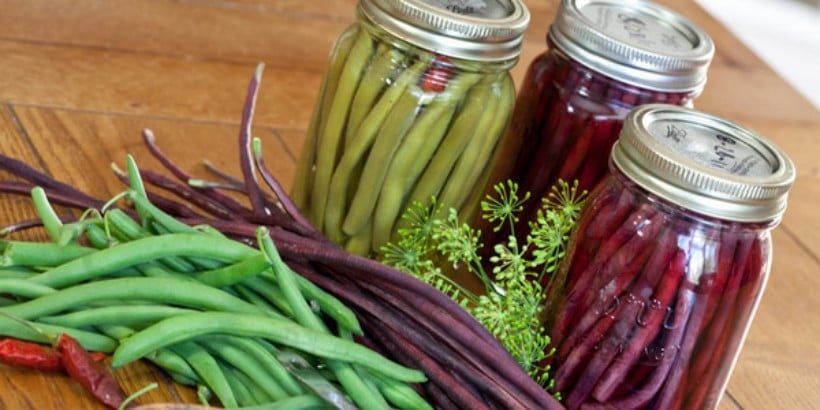 DIY Dilly Beans: Voted “Best Snack Ever”
DIY Dilly Beans: Voted “Best Snack Ever”
For those who love fermented foods, we now welcome you into the world of the dilly bean. There’s nothing quite like a dilly bean. A jar full of ’em in the fridge, next to a plate of cheese and crackers, on a sandwich, or straight from the jar in the middle of winter when you’re sick of potatoes and pasta are the perfect addition to any meal.
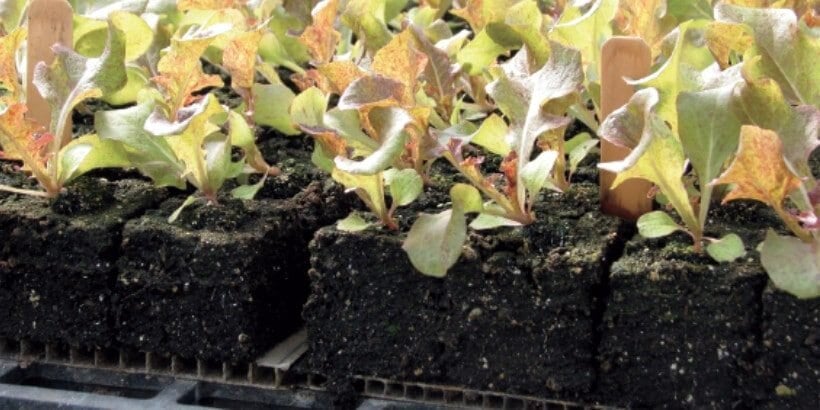 Ditch the Pots, Use Soil Blocks!
Ditch the Pots, Use Soil Blocks!
What’s a cheaper, easier, and surprisingly more efficient way to start your seedlings? Soil blocks! If you’ve never used them before, read on to find out how soil blocks work, how you make them, and what advantages they offer over traditional pots and trays.
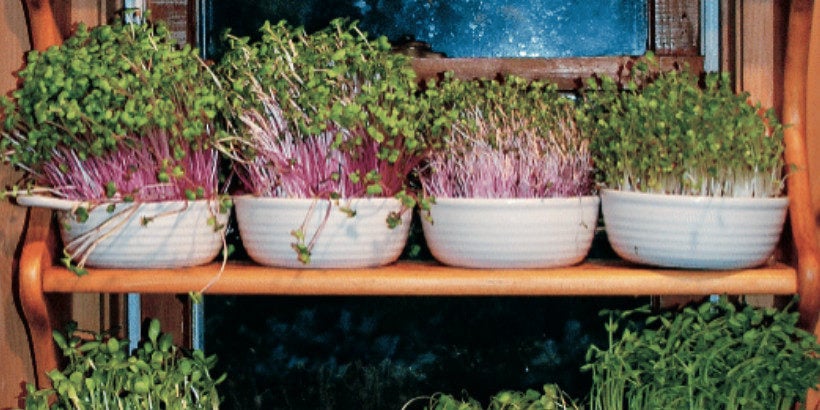 Unlock the Secret to the Perfect Salad with Soil Sprouts
Unlock the Secret to the Perfect Salad with Soil Sprouts
Around this time of year, when “seasonal produce” is just a synonym for root vegetables, many of us begin to dream about fresh greens and colorful salads. Without a greenhouse or expensive equipment, it’s hard to imagine a reality in which you can have fresh and local greens every day. Luckily, you can grow your sprouts indoors, even in the middle of winter! It takes less than ten days, requires very little space, and uses materials you probably already have at home.
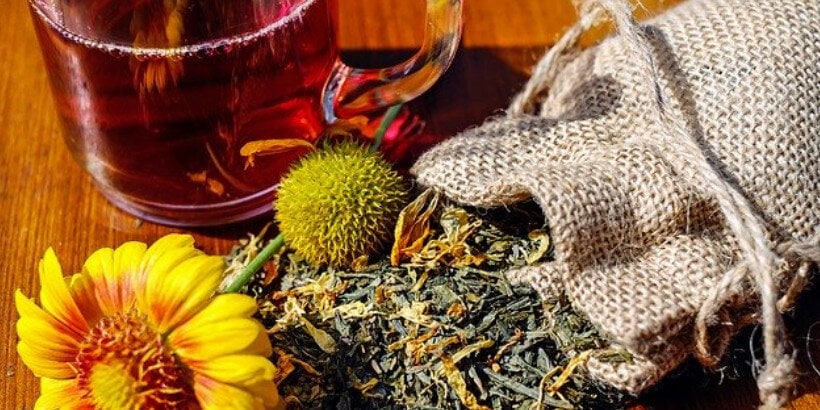 Calming Herbal Nightcap Mocktail to Mix Before Bed
Calming Herbal Nightcap Mocktail to Mix Before Bed
Whether you’re looking to replace your end-of-the-day cocktail, relax before bed, or want something new to add to your tea, this non-alcoholic “mocktail” syrup base will do the trick. Delicious and all-natural, take a sip and feel your troubles melt away.
If you’re not already a “Beaver Nut”, Derek Gow has a couple of reasons you should be: Firstly, land that housed beavers was historically preferred by British settlers for its natural abundance. Secondly, beavers show a lot of love and attention to their very cute babies. Finally, they’re crucial to the well being of our earth! If you’re still not convinced (or if you want to learn more), read on for a quick history on beavers.
Recent Articles
For too long, bugs have had a negative connotation associated with them. But what if we took the time to observe the benefits of insects? It’s time to rebug our gardens, lawns, and parks! The following is an excerpt from Rebugging the Planet by Vicki Hird. It has been adapted for the web. Adding Bugs:…
Read MoreAsparagus is a delicious vegetable with a layered history. How did this aspiring spear make its way from growing in the wild to appearing on our plates? The following is an excerpt from the The Seed Detective by Adam Alexander. It has been adapted for the web. “Nature gives us the key to every secret…
Read MoreInterested in growing trees? Here are some tips on successfully planting, transplanting, and pruning trees to create a flourishing forest garden! The following is an excerpt from The Home-Scale Forest Garden by Dani Baker. It has been adapted for the web. Planting Potted Trees and Shrubs If you order potted trees, check with your supplier to…
Read MoreChances are, you’ve seen cattails growing on the edge of your local lake or stream at least once or twice. Instead of just passing these plants, try foraging for and cooking them to create delicious seasonal dishes! The following excerpt is from The New Wildcrafted Cuisine by Pascal Baudar. It has been adapted for the…
Read MoreWith the right strategies and practices, composting on a small farm is surprisingly easy and inexpensive. Just follow these steps for making compost, and your farm will be thriving in no time! The following excerpt is from The Lean Farm Guide to Growing Vegetables by Ben Hartman. It has been adapted for the web. (All photographs by Ben…
Read More


